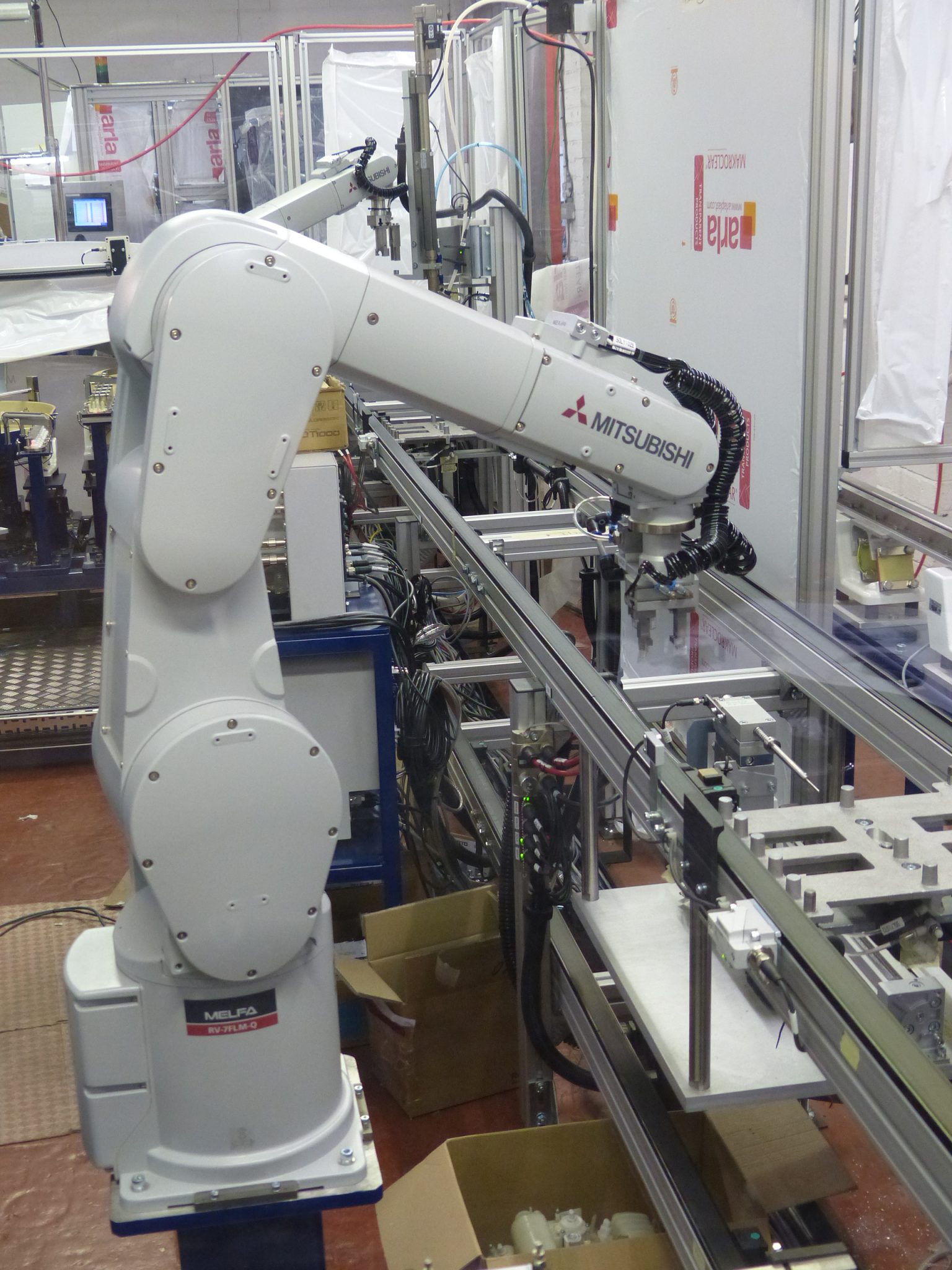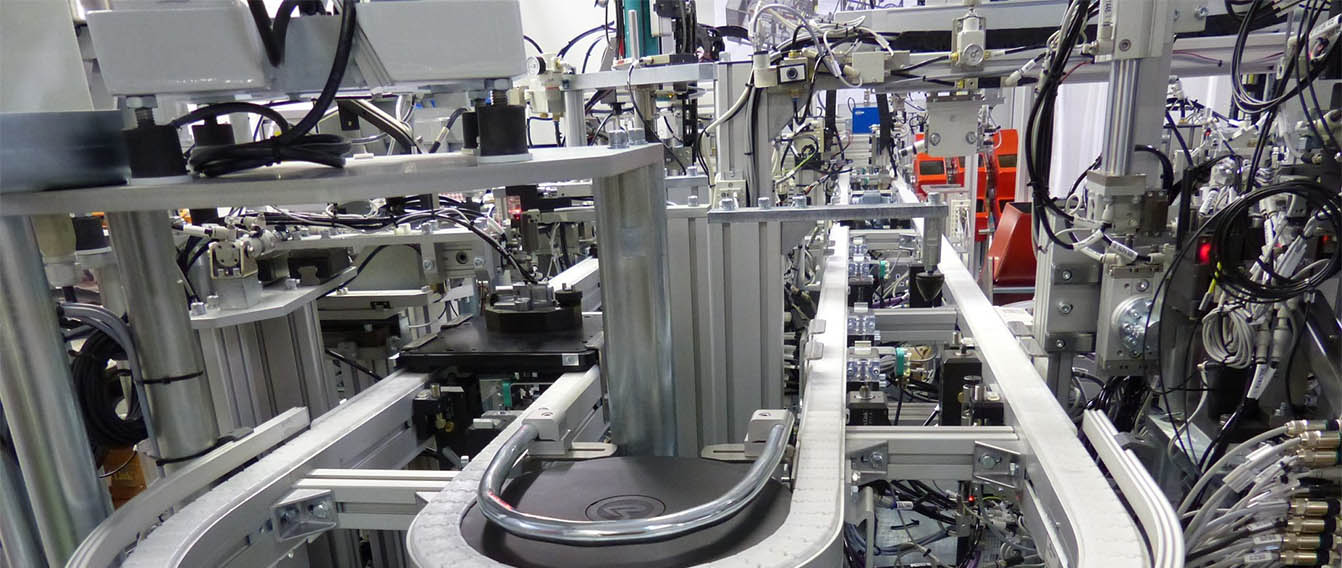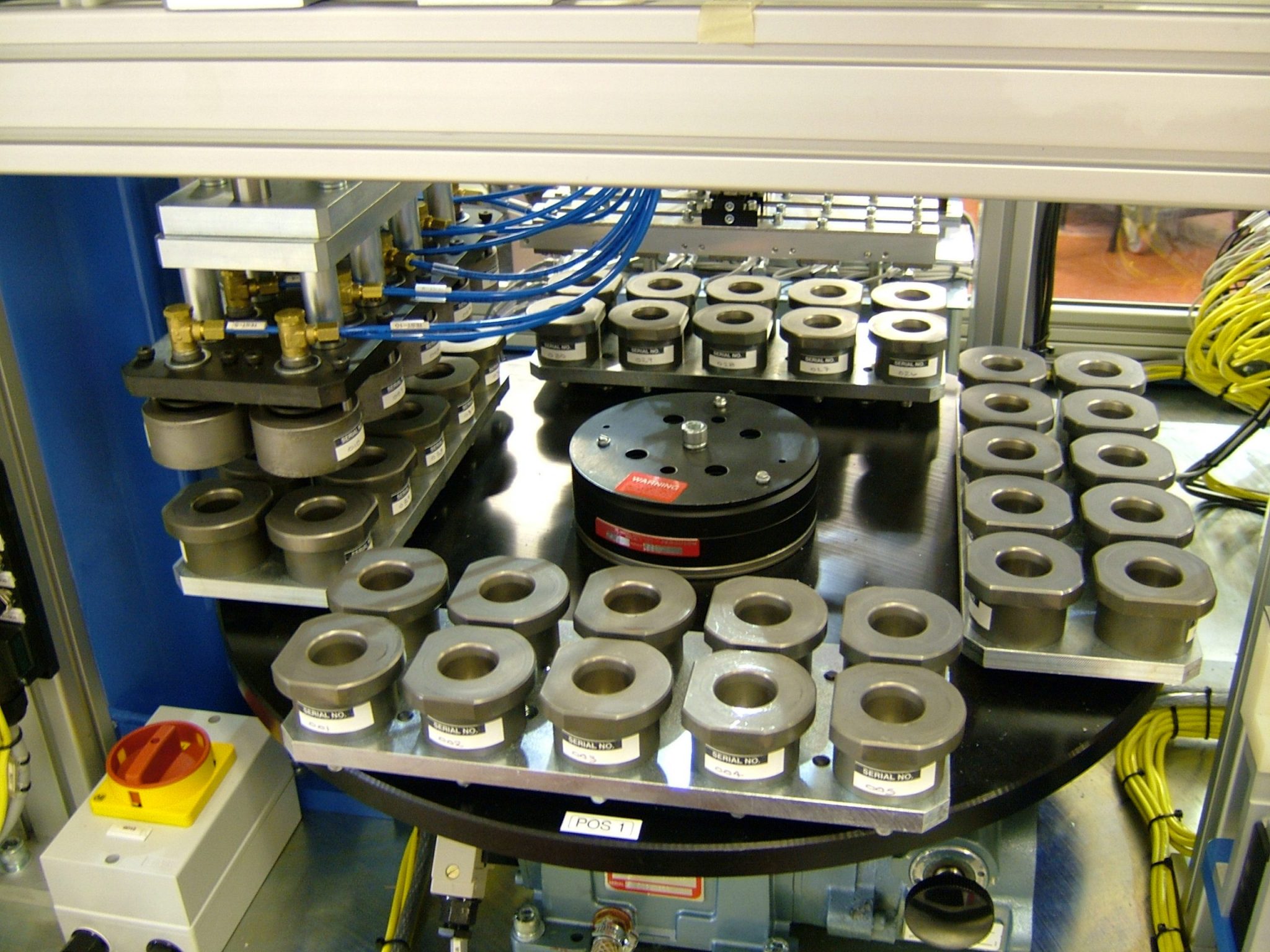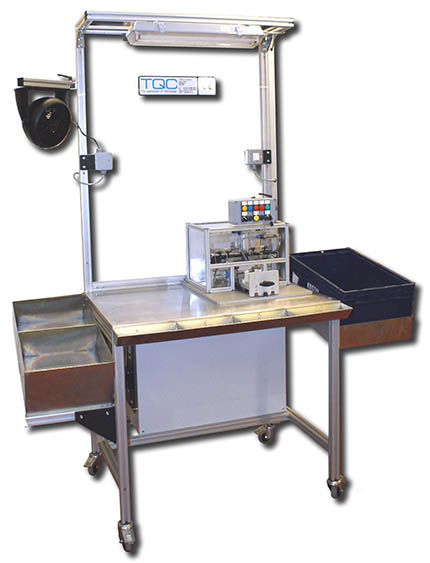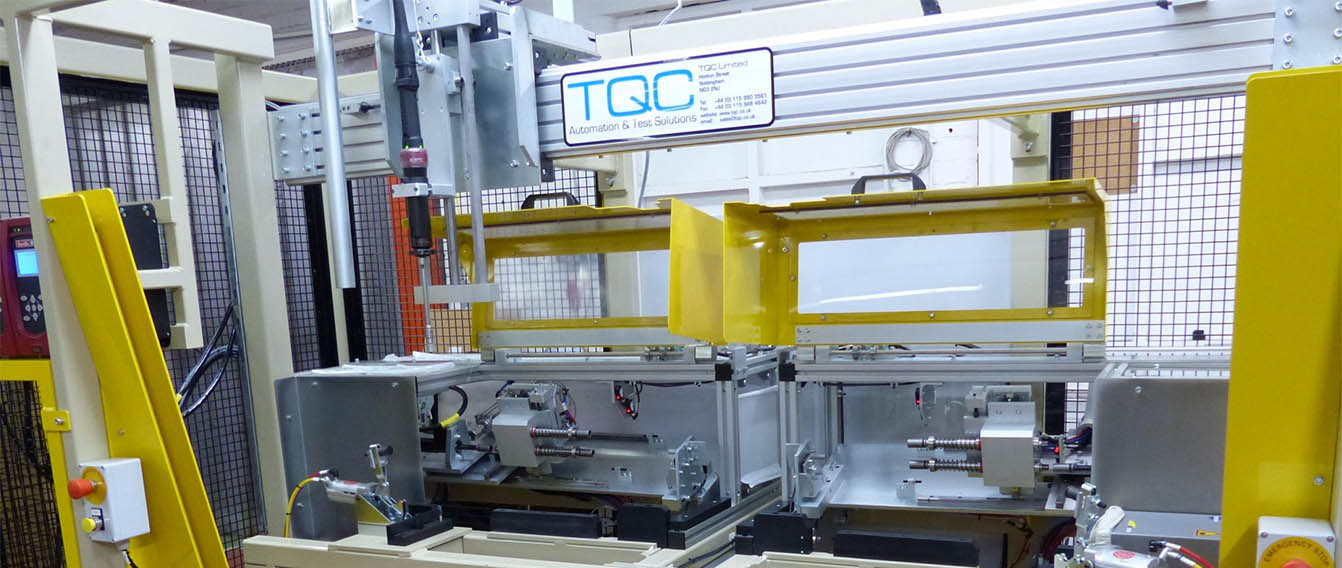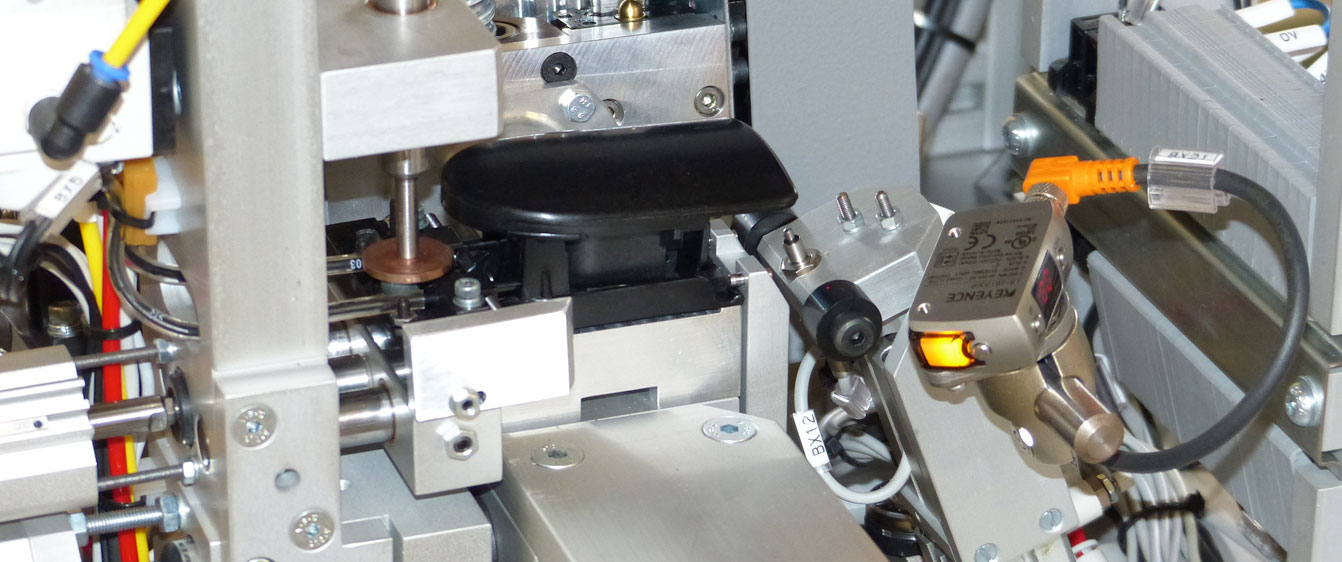What is poke yoke?
As background to this Poka Yoke assembly page, Poka-yoke is a Japanese term that means “mistake-proofing” or “error-proofing.” It is a quality control technique that is used to prevent errors from occurring during manufacturing or other processes. The goal of poka-yoke is to design a process or system in such a way that it is impossible for errors to occur.
The poka-yoke technique generally involves designing tools, equipment, and processes in a way that makes it difficult or impossible for operators to make mistakes. This can involve using mechanisms to prevent incorrect assembly, using color coding or shapes to ensure correct part placement, or incorporating sensors to detect and correct errors.
The poka-yoke technique can help to improve quality, reduce waste, and increase efficiency by preventing errors before they occur. By incorporating poka-yoke into the design of a process or system, companies can significantly reduce the need for costly rework, reduce the risk of product recalls, and improve customer satisfaction.
Some examples of poka-yoke techniques include:
- Using a plug that only fits into a socket in one direction to prevent incorrect assembly
- Using sensors to detect when a part is missing or incorrectly placed
- Using a checklist to ensure that all steps in a process are completed in the correct order
- Using a colour-coding system to ensure that parts are placed in the correct location.
Overall, poka-yoke is a powerful tool for improving quality and reducing errors in manufacturing and other processes.
If fully automatic assembly is used, the system acts as the poke yoke solution but if manual operations are necessary the process needs to implement some level of poka yoke practices to ensure correct production output is achieved.
The main principles of poka yoke assembly are –
- Elimination
- Prevention
- Replacement
- Facilitation
- Detection
- Mitigation
The top four above prevent occurrence of error during manual assembly operations, the latter two minimise effects after occurrence of human error.
If we look at the application of poka yoke assembly in the manufacturing industry, how it is achieved and how TQC can help you, initially we use the following key questions to help develop an assembly process. Following an agreed assembly process we can then help to develop a working concept for the assembly and automation solution.
- How many variants are there, and are common parts used in different variants?
- How are the parts to be received, in bulk, in magazines, in trays?
- Are parts received in a common orientation?
- Are there features to orientate parts as necessary?
- Are there orientation features in the parts to ensure correct assembly?
- What assembly processes are needed? (eg. glue, weld, press fit etc.)
- Is any automated manufacture needed? (cropping, trimming, bending etc.)
- How is the final assembly presented? (bulk boxed, in trays, in bags etc.)
- What are the manual labour expectations? (number of operators to be used)
- What are the production volumes or estimated assembly cycle time?
TQC believe the above is useful information in the development of an assembly process and furthermore in helping to specify any equipment needed. Please review our case studies and see the types of solutions we have supplied previously. TQC welcome enquiries for assembly equipment from simple manual assembly benches through to fully automated systems.



